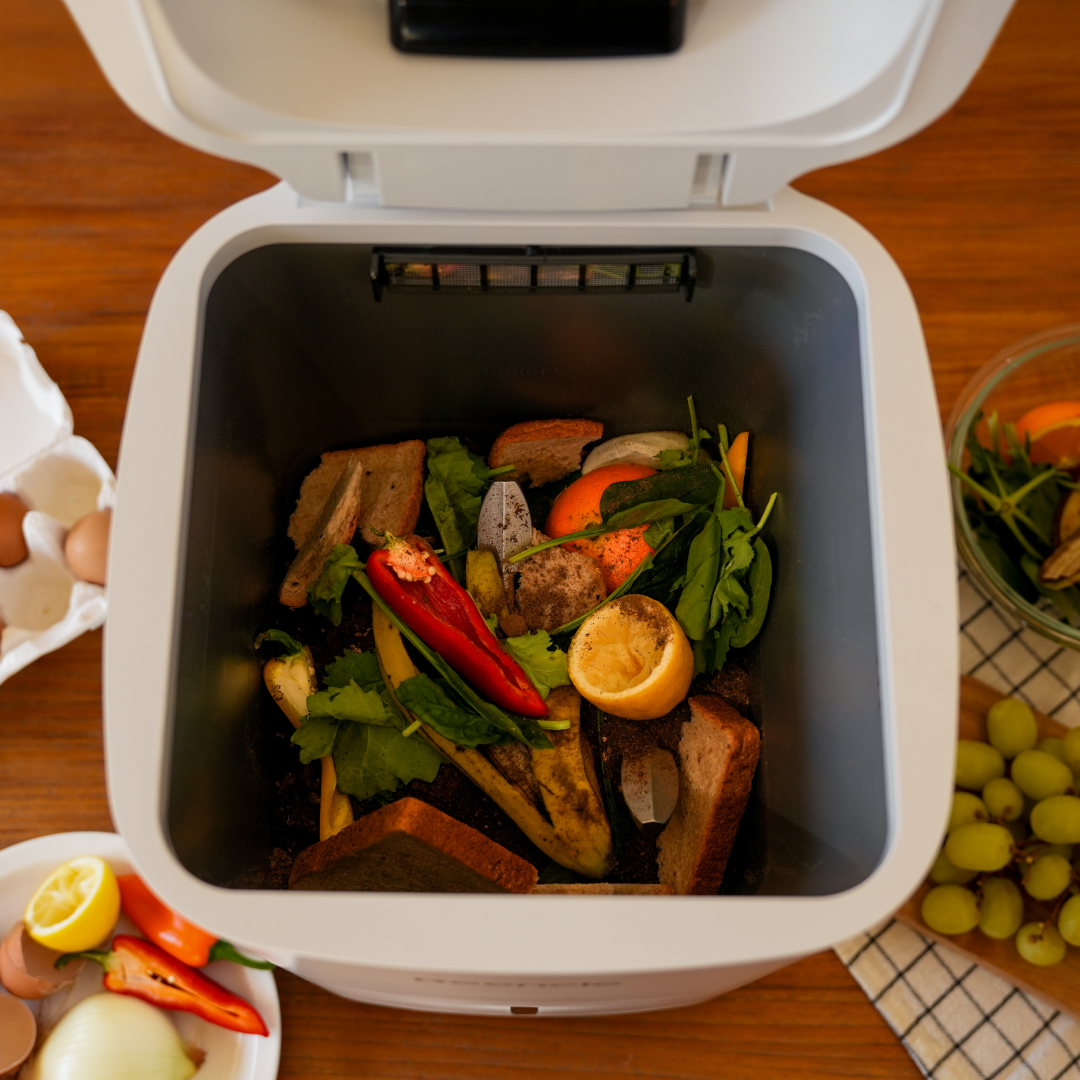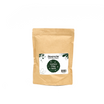Different Types of Soil for Various Crops

Is there a specific soil you should use when growing plants?
People sometimes ask if it's okay to use soil from mountains or gardens for indoor plants. Soil is important for giving plants water and nutrients. Use soil that fits each plant's needs. You can create the right soil mix even if you don't have all types of soil. You can use your own knowledge of the golden ratio to do this.
1. Changing Soil Based on the Plant
Vegetables require soils with high nutrient retention because they absorb a lot of fertilizers. Using manure compost instead of leaf mold can also be effective.
Foliage plants and flowers generally do not need a lot of fertilizers. For these plants, drainage is more important than nutrient retention. For instance, orchids prefer well-draining environments.
Epiphytic orchids like Cattleya can grow by absorbing moisture from the air through their aerial roots, so using bark or pumice, which have good aeration, is recommended.
Bonsai also do not require high nutrient retention, so well-draining red loam or sand is used.

Why does our partnership matters
For every purchase, we plant 1 TREE to nurture our planet 🌲Together, we are sowing the seeds of change and cultivating a greener, more sustainable world.
Anything else?
Anything else?You willl also receive an official certificate from Greenspark as a token of appreciation for your commitment to the environment! 📜
How do we see the progress?
How do we see the progress?Join us on this remarkable journey towards an impact dashboard.You can see how your eco-smart choice made the world a better place
 View more
View more
Your support empowers reforestation, fights climate change,
and paves the way for a brighter, eco-friendly future.
Join us on this remarkable journey towards a cleaner,healthier planet.
Shop with a purpose, shop with Reencle! 🛒💚

Why does our partnership matters
For every purchase, we plant 1 TREE to nurture our planet 🌲Together, we are sowing the seeds of change and cultivating a greener, more sustainable world.
Anything else?
Anything else?You willl also receive an official certificate from Greenspark as a token of appreciation for your commitment to the environment! 📜
How do we see the progress?
How do we see the progress?Join us on this remarkable journey towards an impact dashboard.You can see how your eco-smart choice made the world a better place
 View more
View more
Your support empowers reforestation, fights climate change,
and paves the way for a brighter, eco-friendly future.
Join us on this remarkable journey towards a cleaner,healthier planet.
Shop with a purpose, shop with Reencle! 🛒💚
2. Various Types of Cultivation Soil
Floral farms sell potting mixes created by combining various materials for mass production. Potting mixes with a lot of coco peat are moisture-retentive and lightweight but tend to acidify easily, making them suitable for flowering plants.
Foliage plants benefit more from repotting soil than from potting mixes. With the separate production of horticultural soil, the boundaries between potting mixes and horticultural soil have become blurred.
3. Types of Soil Used in Potting Mixes
Here are the types of soil used in potting mixes and their applications:
Horticultural Potting Soil: A mixture of various soils combined to provide a balanced mix of nutrients for plant growth.
Akadama Soil: Mainly used for succulents and cacti that require excellent drainage.
Pumice: A lightweight soil used for repotting orchids.
Bark: Finely crushed pieces of pine or cedar bark, used primarily as a growing medium for orchids or mixed into potting soil for foliage plants.
Volcanic Rock: Highly porous with good drainage properties, often used for decorative purposes.
Hydro Balls: Artificial soil made by mixing clay and water, then baking at high temperatures, used for hydroponic cultivation and decoration.
Vermiculite: Soil made by heating mica to high temperatures, known for its sparkly and lightweight properties.
Leaf Mold: Soil created by decomposing fibrous broadleaf tree leaves, rich in organic matter.
Sphagnum Moss: Dried moss from high-altitude wetlands, used for orchids.
Coco Chips: Natural fibers made by cutting and compressing coconut husks into blocks.











